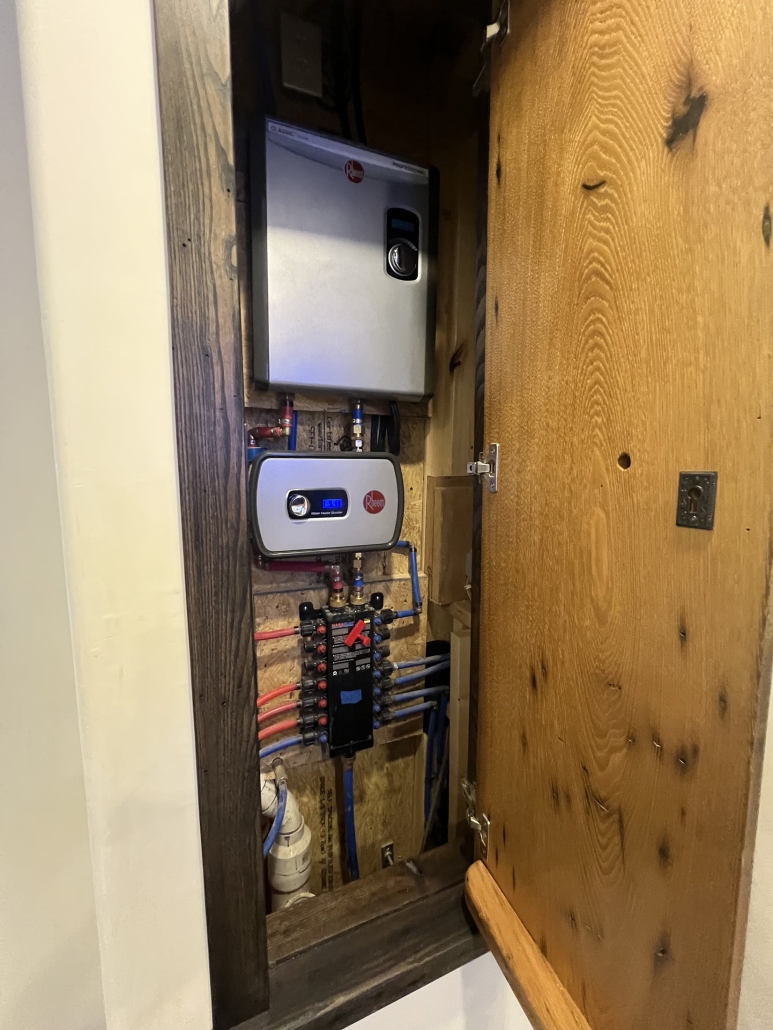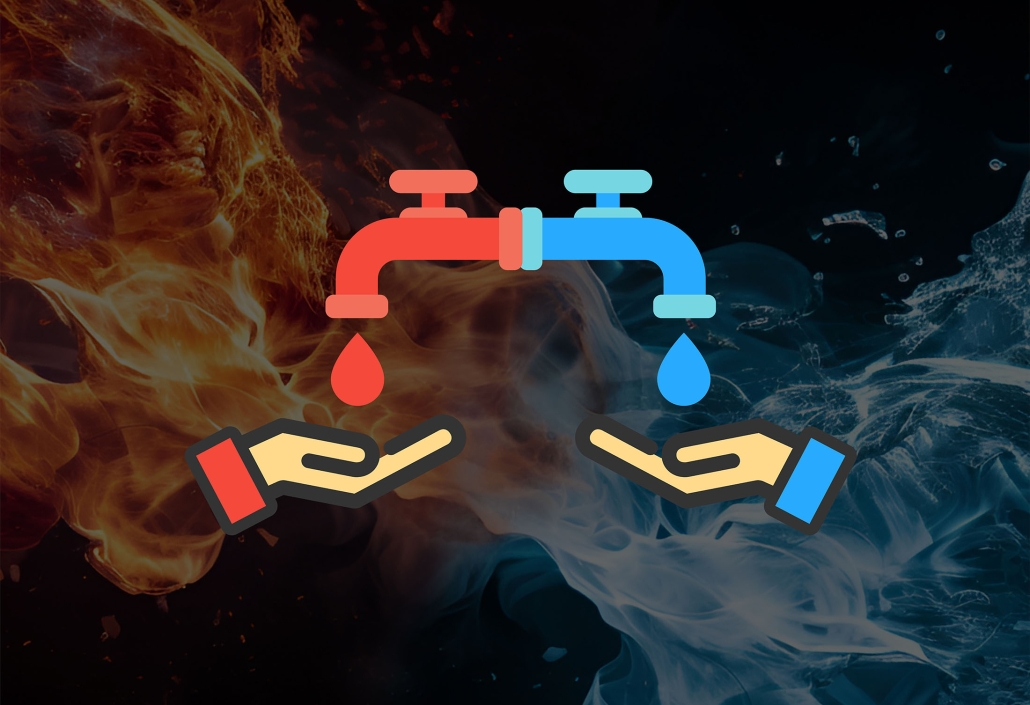Tankless Water Heaters vs. Storage Tank Water Heaters
The Battle of the Boilers: Tankless Water Heaters vs. Traditional Water Heaters
Tankless Water Heaters vs. Storage Tank Water Heaters — As the spring season arrives and the earth awakens from its winter slumber, many homeowners are gearing up for a season of renovation and repair; high on this list is the ever-important decision of how to upgrade or replace their water heaters. With technologies evolving rapidly, the choice between traditional and tankless water heaters has become increasingly pivotal. At their core, both systems aim to provide your home with a reliable hot water supply. Still, their operational differences and long-term benefits spotlight the diverging roads of water heating. This guide illuminates the intricacies of tankless and traditional water heaters, helping you make an informed decision tailored to your home's needs.
The Tank Tradition
Traditional water heaters are the household stalwarts we've grown accustomed to, operating through a relatively simple process. A large tank, usually holding 40 to 60 gallons of water, is heated by gas or electricity. The heated water is then stored until needed, ensuring your home has a constant hot water supply for bathing, washing dishes, and laundry. The chief advantages of traditional water heaters lie in their lower upfront cost and the familiarity homeowners have with their operation, having used similar models in the past.
However, the conveniences of the traditional model come with a few caveats. First, the "standby heat loss" - a process where heat escapes through the tank walls even when there is no hot water demand - increases energy consumption. Secondly, the finite storage capacity may lead to "cold showers" when multiple users deplete the tank's supply. These factors indicate the need for a more streamlined, energy-efficient alternative, bringing us to tankless water heaters.
The Tankless Triumph

Tankless water heaters, also known as on-demand or instantaneous water heaters, have emerged as an energy-efficient and space-saving solution, aiming to rectify many of the limitations of their traditional counterparts. Based on a "heat-on-demand" principle, tankless models use high-powered burners or electric coils that allow the system to rapidly heat water as needed rather than storing it in a tank. The absence of storage renders standby heat loss a non-issue, significantly reducing energy consumption and utility bills.
Moreover, the on-demand nature of these water heaters ensures a continual supply of hot water, with no risk of a cold shower, making them particularly suitable for large households or commercial settings. So, due to their compact size, tankless water heaters can be conveniently installed in areas with premium space, like closets or under sinks. These potential space savings make tankless models popular for homeowners planning a remodel or building a new home.
The advantages of tankless water heaters also extend to their longevity, with many models offering 20 years or more compared to a traditional unit's 10-15-year span. This factor, combined with energy savings, means tankless water heaters provide a substantial return on investment despite their higher upfront cost.
Factors to Consider
When determining which type of water heater is best for your home, there are several critical considerations to weigh:
- Upfront Cost: While tankless water heaters are more expensive to purchase and install, their long-term efficiency and longevity can offset the initial investment over time.
- Energy Efficiency: Tankless models are typically 8-34% more energy-efficient than their traditional counterparts, according to the US Department of Energy.
- Hot Water Demand: Homes with a high demand for hot water may benefit most from tankless systems.
- Space Considerations: The compact size of tankless heaters makes them an excellent choice in homes with limited space.
- Ventilation: Tankless water heaters generally require a larger gas pipe and a new, sealed vent, a factor to consider during installation in your home.
- Environmental Impact: Tankless water heaters can reduce water heating costs by up to 50%, resulting in a lower environmental impact. With their energy-efficient design, tankless models play a role in helping conserve energy resources and reduce greenhouse gas emissions. This is a significant advantage and a strong argument for environmentally conscious homeowners who favor tankless water heaters. So, the choice between traditional and tankless water heaters hinges on your home's unique requirements, budget, long-term goals, and the convenience and energy efficiency you prioritize.
Conclusion
As we embark on a new season, upgrading your water heater offers a prime opportunity to enhance your home's comfort, efficiency, and value. By weighing the differences between tankless and traditional models, homeowners can make a discerning choice that suits their needs, aligns with their eco-friendly aspirations, and leads to considerable energy savings. Whichever path you choose, the sound of hot water filling your morning shower accompanies a confident start to the day – reminding us that with proper care and consideration, every home can find its source of warmth and comfort.






